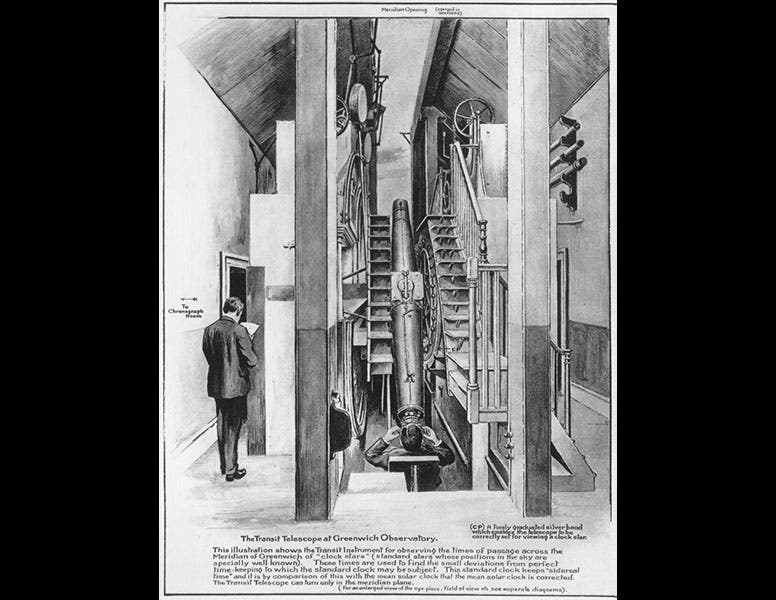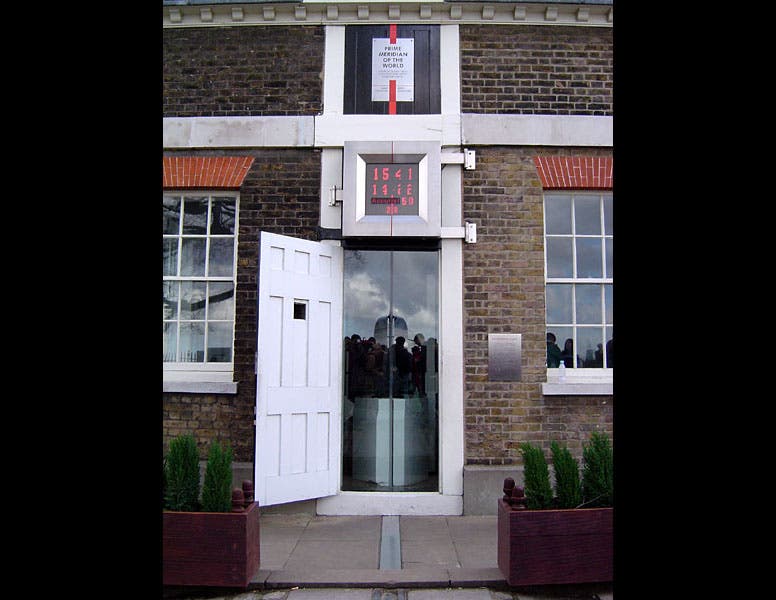Scientist of the Day - George Biddell Airy
George Biddell Airy, the 7th Astronomer Royal of England, was born July 27, 1801. Although Airy was a fine astronomer and made many contributions to the science, he is usually remembered as the fellow who ruined England’s chances to discover the planet Neptune. We now know that this besmirched reputation is undeserved, and that his reputation should be smirched for an entirely different reason.
The story has long been that the Englishman John Couch Adams predicted the position of an unknown 8th planet, based on the perturbations of the 7th planet, Uranus, and gave his predictions to Airy in the fall of 1845. Airy neglected to act on the calculations until he heard, in the summer of 1846, that the French astronomer Le Verrier had made a similar prediction, and when Airy finally authorized a British search for the planet, it was too late--Neptune was discovered on Sep. 23, 1846, in Berlin, as a result of Le Verrier's prediction. Airy immediately announced that Adams had made the same prediction, only earlier, that Airy himself was to blame for not following through, and that Adams deserved equal credit with Le Verrier for the discovery of the 8th planet. The French howled and protested, but in the end, Adams was indeed designated co-discoverer of Neptune.
It now turns out, as the result of the recovery of the Royal Greenwich Observatory “Neptune file”, which had gone missing long ago and re-surfaced (in Chile!) only in 1999, that Airy had been much more clever (and underhanded) that we thought. The complete file shows that Adams had been very wishy-washy in his original predictions, changing his mind again and again about where the planet should be, so that it was not possible for anyone to look for it. Airy had not acted, because he didn't know where to search. After Neptune was discovered, Airy went back and picked out the one prediction of Adams that was closest to the mark, hid away all the others, and made that prediction public, supporting Adams' claim to be co-discoverer, and blaming himself for not following up. In a sense, Airy sacrificed himself on the altar of British astronomy, ensuring that England and Adams would prevail, even if Airy did not. So Airy was not as incompetent as we thought. But he was certainly more devious.
On the positive side, in 1851, Airy installed a precision transit instrument at Greenwich and established the meridian that ran through it as the Greenwich meridian (there had been several previous meridians at Greenwich, established by previous Astronomers Royal, but at slightly different positions). In 1884, an international conference in Washington D.C. established Airy’s meridian as the Prime Meridian, and so it has stood ever since. Interestingly, one of the British delegates to the conference was John Couch Adams. We wrote about this conference on Oct. 13, 2015. We see above the Airy transit circle (second image) and a view from outside that marks the Prime Meridian (third image).
There are a number of portraits of Airy in the National Portrait Gallery, but we like the one above, lithographed by Thomas Herbert Maguire in 1852. We have included a number of Maguire portraits in this blog over the years, most recently, four days ago with our profile of Prideaux John Selby, where we say a little more about the Maguire series of lithographs. Type “Maguire” in the search box above to find the others.
Dr. William B. Ashworth, Jr., Consultant for the History of Science, Linda Hall Library and Associate Professor, Department of History, University of Missouri-Kansas City. Comments or corrections are welcome; please direct to ashworthw@umkc.edu.









